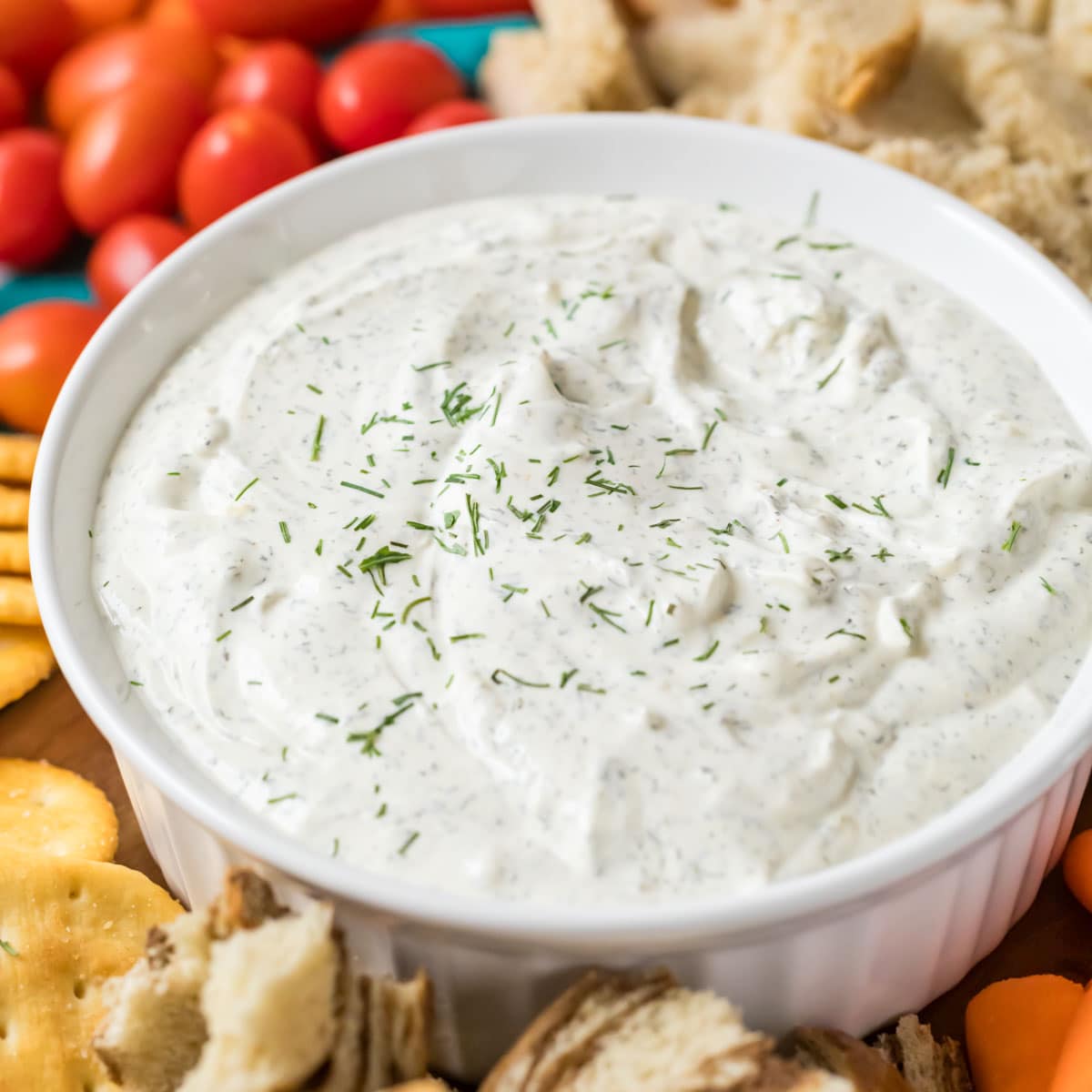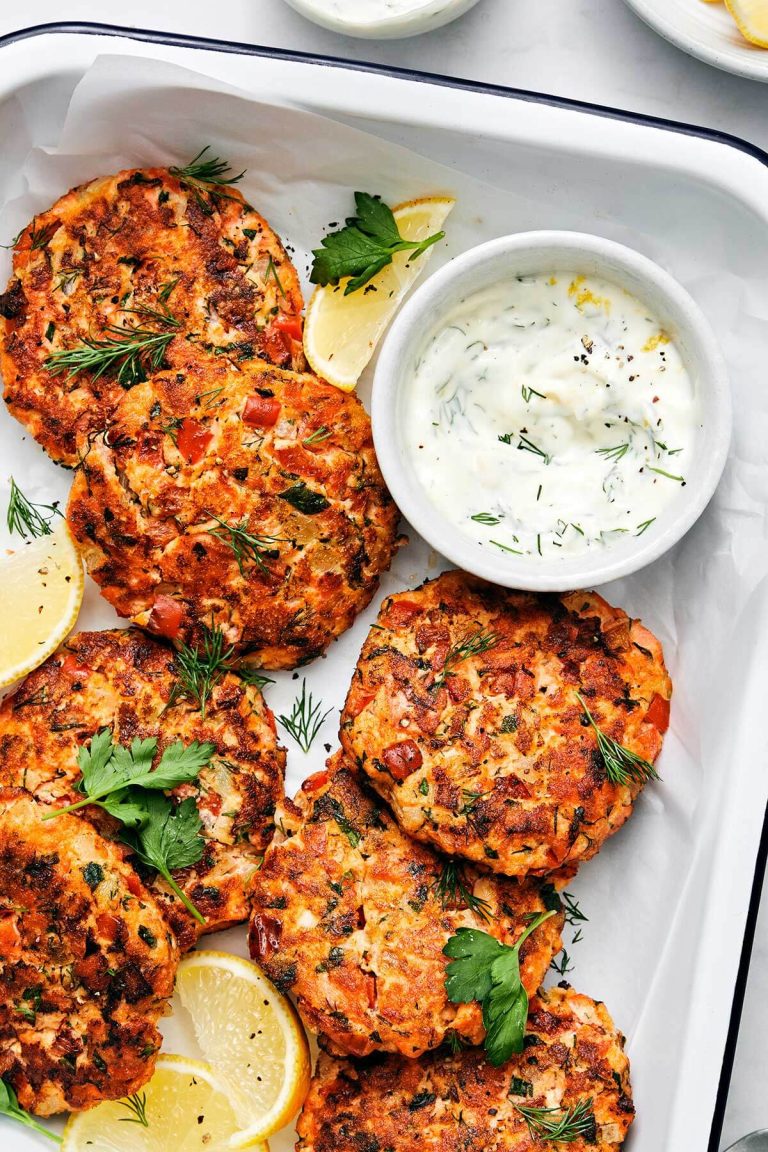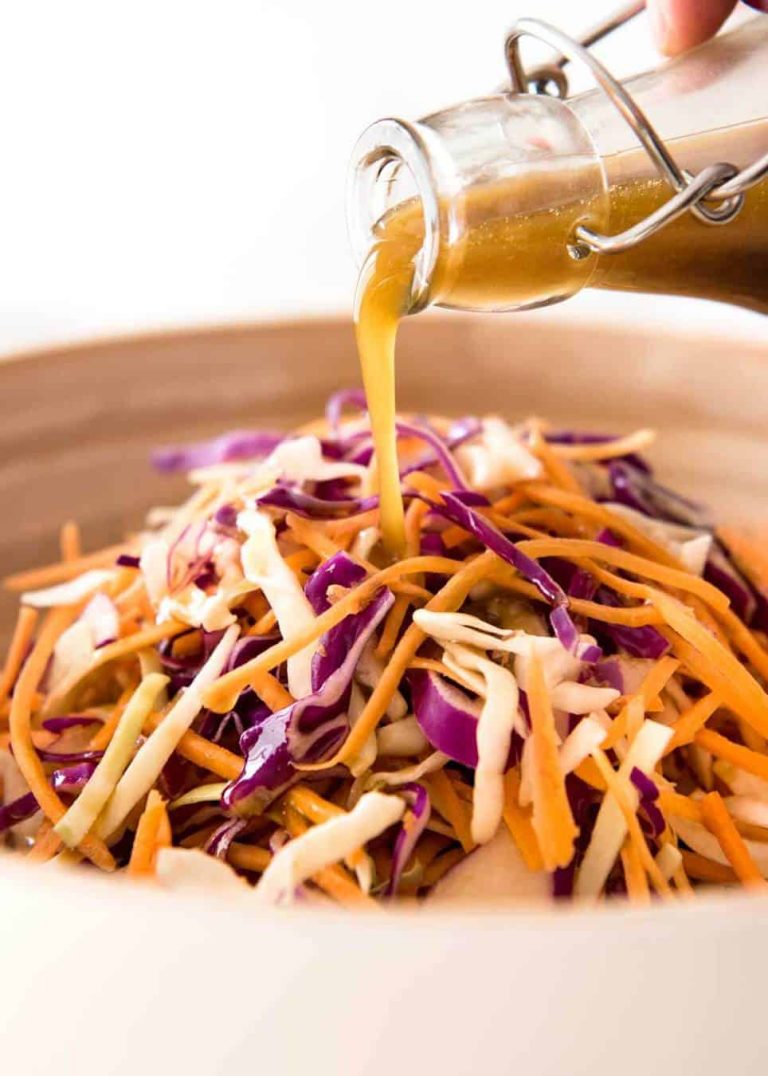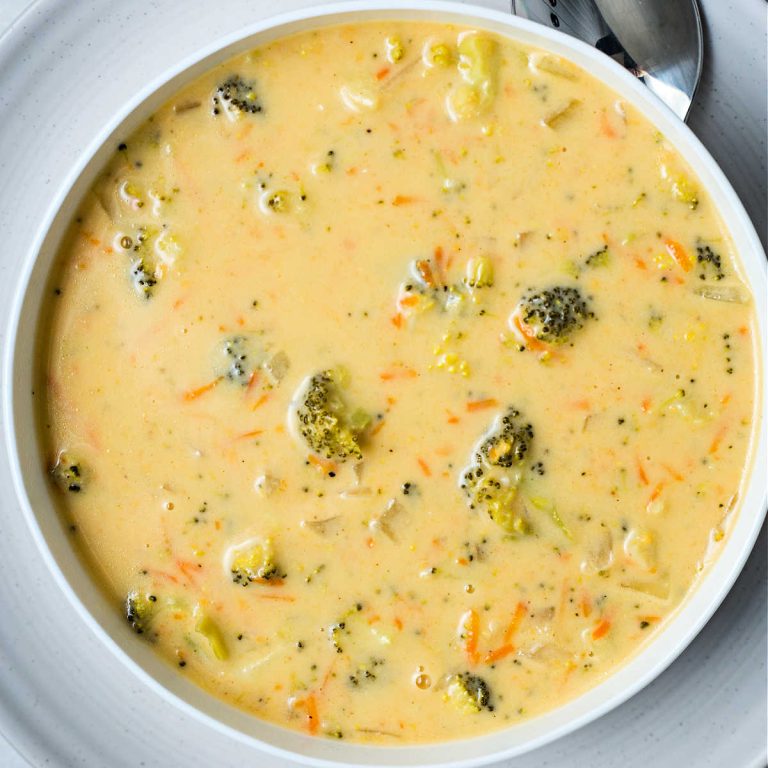Dill Dip: Health Benefits, Recipes, and Creative Serving Ideas
Dill dip, known for its distinct herbal flavor, has roots in traditional European cuisine. Cultures in Scandinavia, Eastern Europe, and the Mediterranean have long used dill in various dishes, including dips. Over time, dill dip has gained popularity across the United States, becoming a staple at parties and gatherings.
Culinary Uses
Dill dip is versatile, enhancing a wide variety of foods. Serve it with fresh vegetables, such as carrots, celery, and bell peppers, for a healthy snack. Use it as a spread for sandwiches or wraps for added flavor. It complements seafood dishes, like salmon or shrimp, offering a zesty contrast. Additionally, pair it with chips, crackers, or breadsticks for a satisfying appetizer at social events.
Key Ingredients for the Perfect Dill Dip
Dill: The Star of the Show
Dill provides the unmistakable flavor in dill dip. Fresh dill, with its delicate green leaves, offers a fragrant and slightly tangy taste. If fresh dill is unavailable, dried dill can be used but in lesser quantities, as its flavor concentration is higher.
Creamy Base Options
The creamy base creates the dip’s texture and richness. Common choices include sour cream, Greek yogurt, or cream cheese. Each option offers a different level of tanginess and creaminess. For a lighter version, choose Greek yogurt; for a richer taste, use cream cheese.
Aromatic Enhancers
Aromatic enhancers elevate the dip’s flavor profile. Garlic powder, onion powder, and lemon juice are essential. Garlic powder adds depth, onion powder provides a mild sweetness, and lemon juice introduces a refreshing acidity. Including a pinch of salt and pepper balances the flavors.
Cooking Techniques: Making Dill Dip
Best Practices for Blending Flavors
Achieve a balanced flavor in dill dip by carefully blending ingredients. Start with a creamy base, such as sour cream or Greek yogurt, and gradually add chopped fresh dill. Incorporate aromatic enhancers like garlic powder, onion powder, and a squeeze of lemon juice. Mix these slowly to integrate each ingredient fully without overwhelming the palate. For a touch of heat, consider adding a pinch of cayenne pepper. Salt and pepper are vital; taste and adjust these seasonings last to ensure the best flavor balance.
Variations in Texture and Consistency
Modify the texture and consistency by adjusting the base ingredients. For a thicker dip, use cream cheese or a mix of sour cream and mayonnaise. If a lighter consistency is preferred, opt for Greek yogurt or a blend of yogurt and sour cream. Blend the ingredients using a hand mixer for a smooth texture, or mix by hand for a chunkier result. Refrigerate the dip for at least one hour before serving, which helps the flavors meld and the dip to thicken slightly. Customize the dip’s texture to fit your specific preference or the demands of the occasion.
Serving Suggestions for Dill Dip
Popular Dishes and Pairings
Dill dip works with several dishes and food items. You can pair it with fresh vegetables like carrots, cucumbers, bell peppers, and cherry tomatoes. For seafood enthusiasts, dill dip complements shrimp, crab cakes, and smoked salmon perfectly. Consider serving dill dip with chips, pita bread, or various crackers for a simple yet satisfying snack. Including it in sandwiches, especially with turkey or roast beef, adds a refreshing dimension.
Creative Presentation Ideas
Presentation enhances your dill dip experience. Serve the dip in a hollowed-out bread bowl for an eye-catching centerpiece. Utilize small, individual cups or shot glasses for a unique twist, ensuring guests have their own servings. Garnish with fresh dill sprigs, lemon zest, or a light sprinkle of paprika to elevate the visual appeal. For theme parties, consider color-coordinated serving platters, or add edible flower petals for a vibrant touch. Provide an array of dipping options to showcase versatility and invite a delightful, interactive experience.
Health Benefits and Dietary Considerations
Nutritional Information
Dill dip can be a nutritious addition to your diet if you consider its ingredients. Typically, dill dip includes Greek yogurt, mayonnaise, fresh dill, and various herbs and spices. Greek yogurt adds protein and calcium, important for muscle function and bone health. Fresh dill provides vitamins A and C along with flavonoids, powerful antioxidants combating inflammation.
A 2-tablespoon serving usually contains around 50-80 calories, with yogurt-based versions on the lower end. This serving also includes around 2-3 grams of protein, 4-7 grams of fat, and essential micronutrients. If you use full-fat mayonnaise, expect higher calories and fat content. Spices like garlic and onion powder offer additional health benefits, including immune system support.
Adapting for Dietary Restrictions
Dill dip can cater to various dietary needs with slight modifications. For a low-fat version, substitute Greek yogurt for mayonnaise entirely, cutting down on calories and fat while boosting protein. Vegans can enjoy dill dip by using plant-based yogurt and mayonnaise made from soy or coconut. Ensure these substitutes are unsweetened to maintain the dip’s savory profile.
For those following a low-sodium diet, opt for low-sodium dairy products and minimize added salt. Instead, amplify flavors using fresh herbs and acids like lemon juice. Allergic to dairy? Use almond or cashew-based yogurt and mayonnaise as alternatives.
By tweaking ingredients, dill dip remains a versatile snack suitable for diverse dietary preferences.
Dill Dip in Culinary Culture
Dill dip’s prominence in culinary culture highlights its adaptability and appeal across various settings and cuisines.
Influence on Modern Appetizers
Dill dip elevates modern appetizers, offering a fresh, aromatic twist that’s both flavorful and versatile. Restaurants and home cooks alike use it to enhance simple dishes, making it a popular choice for casual gatherings and upscale events. For example, dill dip pairs excellently with vegetable platters, providing a refreshing contrast to crunchy carrots, bell peppers, and cucumbers. Chefs also use it as a topping for crostinis or bruschetta, combining it with smoked salmon or cucumber slices for a sophisticated appetizer. Data shows increasing searches for dill dip recipes, reflecting its growing appeal in contemporary kitchens.
Regional Variations
Regional variations of dill dip showcase diverse culinary traditions and ingredient preferences. In the United States, classic dill dip recipes often include cream cheese, sour cream, or Greek yogurt, with fresh, chopped dill as a key ingredient. In Scandinavian countries, dill dip commonly features a blend of fresh herbs and is paired with seafood, such as gravlax, reflecting local palates. Mediterranean versions might incorporate Greek yogurt or feta cheese, emphasizing the region’s rich dairy heritage. Variations from the Middle East often blend dill with yogurt and garlic, adding a sharper flavor profile perfect for mezze platters. These regional twists highlight dill dip’s versatility and its ability to enhance various culinary traditions.
By understanding dill dip’s role in appetizers and its regional adaptations, you can better appreciate how this simple yet flavorful dip enriches culinary experiences worldwide.
Conclusion
Dill dip stands out as a versatile and health-conscious choice for any occasion. Whether you’re hosting a gathering or simply looking to enhance your meals, this flavorful dip offers endless possibilities. Its rich history and adaptability to various dietary needs make it a staple in many kitchens. Experiment with different ingredients and pairings to discover your perfect version of dill dip. Enjoy the journey of creating and sharing this delightful dip with friends and family, knowing it’s both delicious and nutritious.





